Have you heard of the Mayan and Aztec civilizations? Flourishing in divergent epochs and locales, these civilizations have shaped the cultural and historical fabric of contemporary Mexico and Central America.

✅ AI Essay Writer ✅ AI Detector ✅ Plagchecker ✅ Paraphraser
✅ Summarizer ✅ Citation Generator
The journey into the heart of ancient Mesoamerica reveals the rich history made by the Mayan and Aztec civilizations, each contributing uniquely to the cultural and architectural scene of the region.

Differences Between the Mayan and Aztec Civilizations
At first, we will compare the differences between the two civilizations: geographical location, timeline and Duration, political structure, writing and record keeping, language, religious beliefs, architectural achievements, arts, agriculture, and their overall legacy.
Geographical Location
The Mayans established themselves across Guatemala, Belize, and Mexico’s Yucatan Peninsula, thriving in a diverse range of environments from rainforests to mountainous regions. In contrast, the Aztecs centralized their power in the Valley of Mexico, building the majestic city of Tenochtitlan on an island in Lake Texcoco.
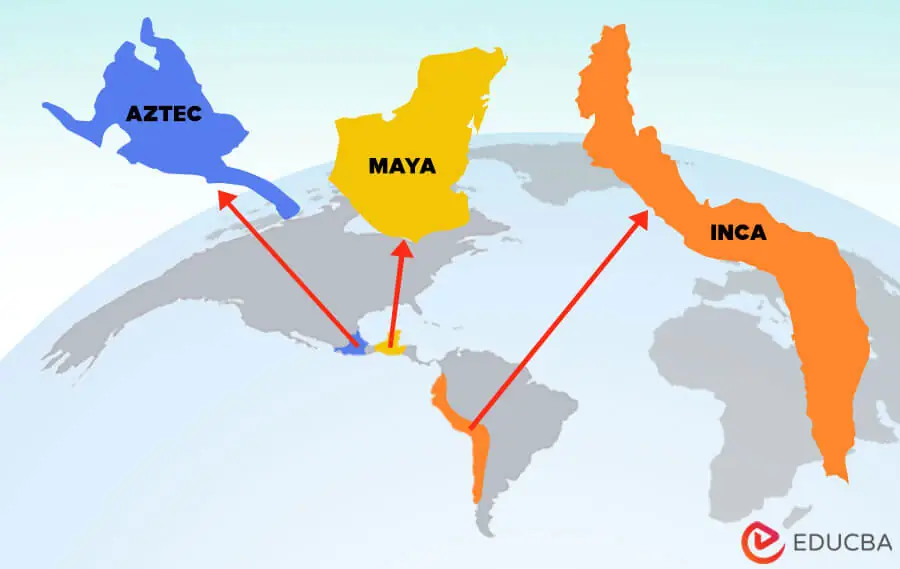
Timeline and Duration
Tracing their origins to as early as 2000 BC, the Mayans witnessed the zenith of their civilization during the Classic Period (250 AD to 900 AD). The Aztecs, meanwhile, entered the historical stage much later, around the 14th century AD, and saw their dominion end with the Spanish conquest in the 16th century.
Political Structure
Mayan society was a collection of city-states, each governed independently, often engaging in alliances or conflicts. The Aztec Empire, however, was a cohesive state under the rule of a single emperor, showcasing a more unified political system with Tenochtitlan at its heart.

Aztec Empire Social classes. Image: aztecprojectempire.wordpress.com
Language
The linguistic landscape of the Mayans was diverse, with several dialects of the Mayan language spoken across different regions. The Aztecs predominantly spoke Nahuatl, which continued to be influential even during the early periods of Spanish colonization.
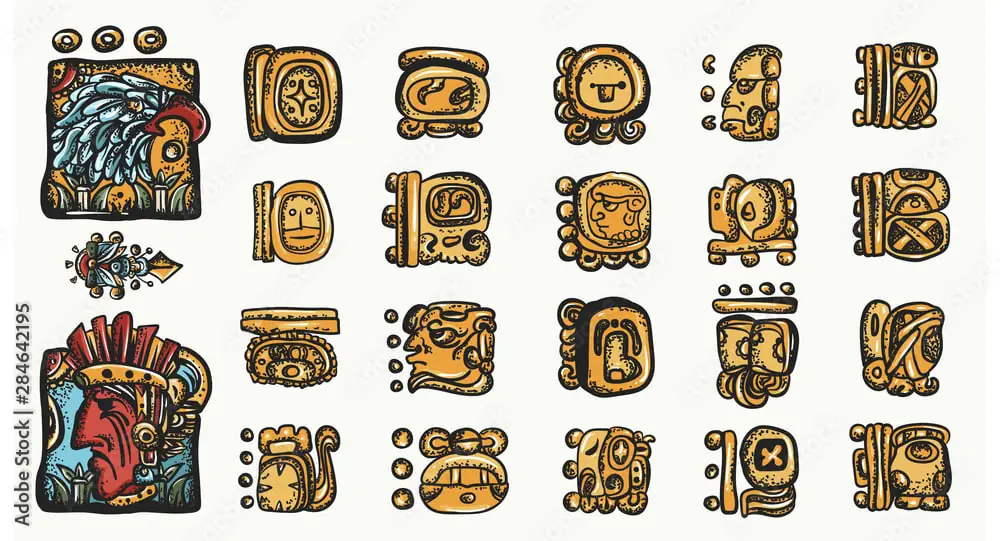
Writing and Record Keeping
The Mayans developed a sophisticated hieroglyphic writing system, recording their knowledge of astronomy, history, and rituals. The Aztecs, on the other hand, utilized a pictographic system more focused on practical record-keeping.
Religious Beliefs
While both civilizations were polytheistic, their pantheons and religious practices varied significantly. Human sacrifice, although present in both cultures, held a more central role in Aztec religious ceremonies.
Architectural Achievements
Mayan architecture is celebrated for its pyramids, observatories, and complex ceremonial centers, demonstrating a keen astronomical understanding. Aztec architecture, while also featuring pyramids, is notable for its grand scale and the distinctive twin temples atop the Templo Mayor.
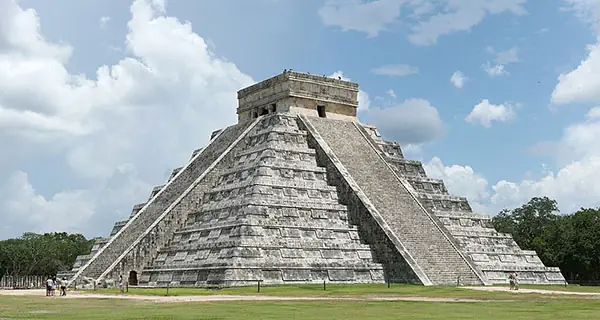
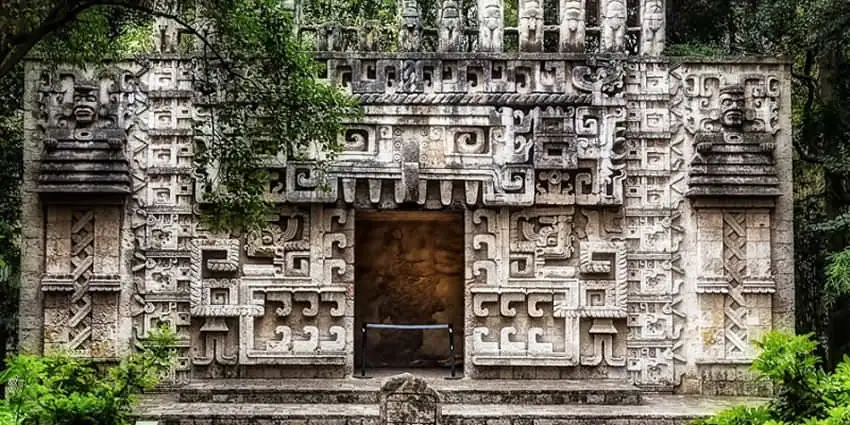
Art and Cultural Achievements
Mayan art, known for its detailed carvings and murals, contrasts with Aztec art, which excelled in stone sculptures, featherwork, and goldsmithing, reflecting the distinct aesthetic values of each civilization.
Agricultural Practices
The geographical diversity of their territories led to different agricultural innovations, with the Mayans employing techniques like slash-and-burn and terracing, and the Aztecs creating chinampas, or floating gardens, to maximize land use.
Collapse and Legacy
The decline of the Mayan civilization remains enigmatic, attributed to factors like environmental degradation and internal strife, while the Aztec Empire’s fall is directly linked to the Spanish conquest and colonization.
The distinctions between the Mayan and Aztec civilizations underscore the diversity and complexity of ancient Mesoamerican cultures. This exploration not only highlights their unique contributions to history, architecture, and culture but also fosters a deeper appreciation for the rich heritage of the Americas.
The Best Archaeological Sites to Visit in Central America
Venturing into Central America’s archaeological sites offers a window into the past, where the ruins of ancient civilizations tell stories of power, innovation, and survival. From the mysterious builders of Teotihuacan to the grandeur of Mayan city-states, these sites serve as testament to the region’s rich historical tapestry.
Teotihuacan, Mexico City (MESOAMERICAN)
Teotihuacan, predating both the Mayan and Aztec civilizations, showcases the architectural prowess of its unknown builders through its monumental pyramids and the cosmopolitan nature of its society.
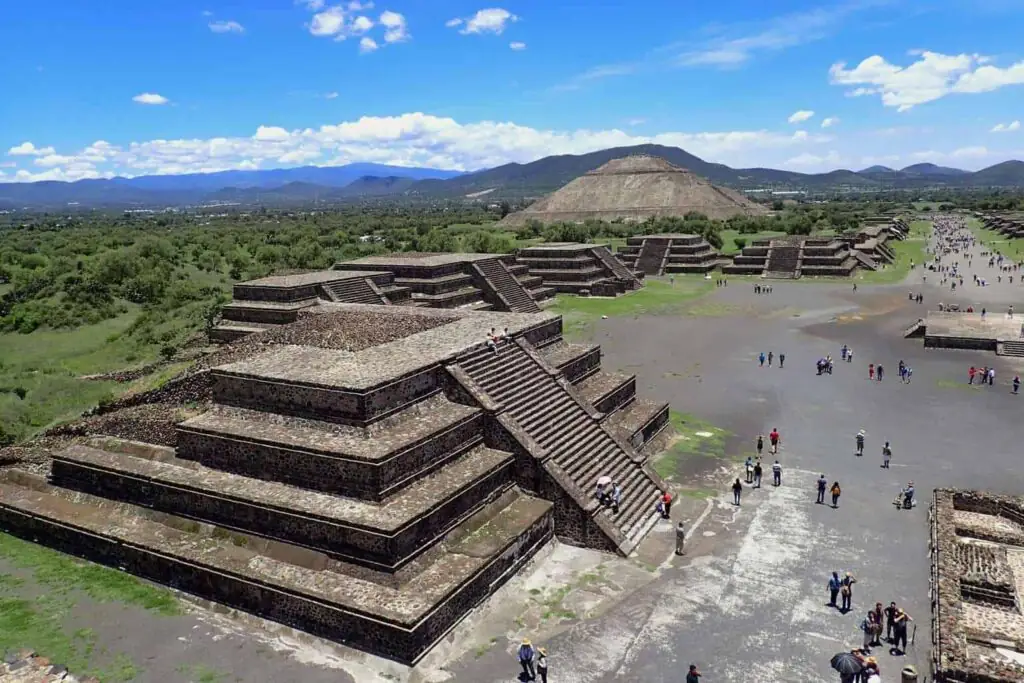
Tikal, Guatemala (MAYAN)
Tikal, a symbol of Mayan civilization’s splendor, offers an immersive journey into the Classic Period, with its towering pyramids rising above the rainforest canopy.
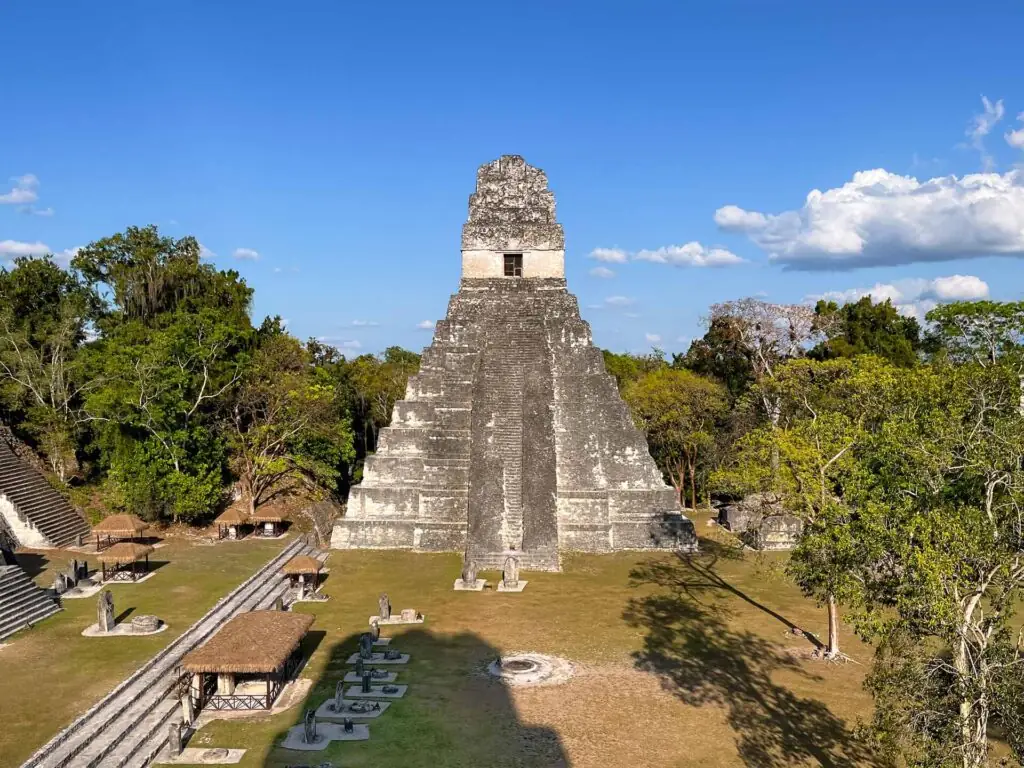
Chichen Itza, Mexico (MAYAN)
Chichen Itza stands as a beacon of Mayan political and economic might, attracting visitors with its iconic structures and nightly light shows that breathe life into ancient legends.
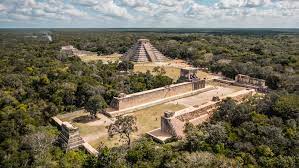
Uxmal, Mexico (MAYAN)
Uxmal, renowned for its exquisite Puuc architecture, provides insight into the urban planning and architectural innovation of the Mayan civilization.
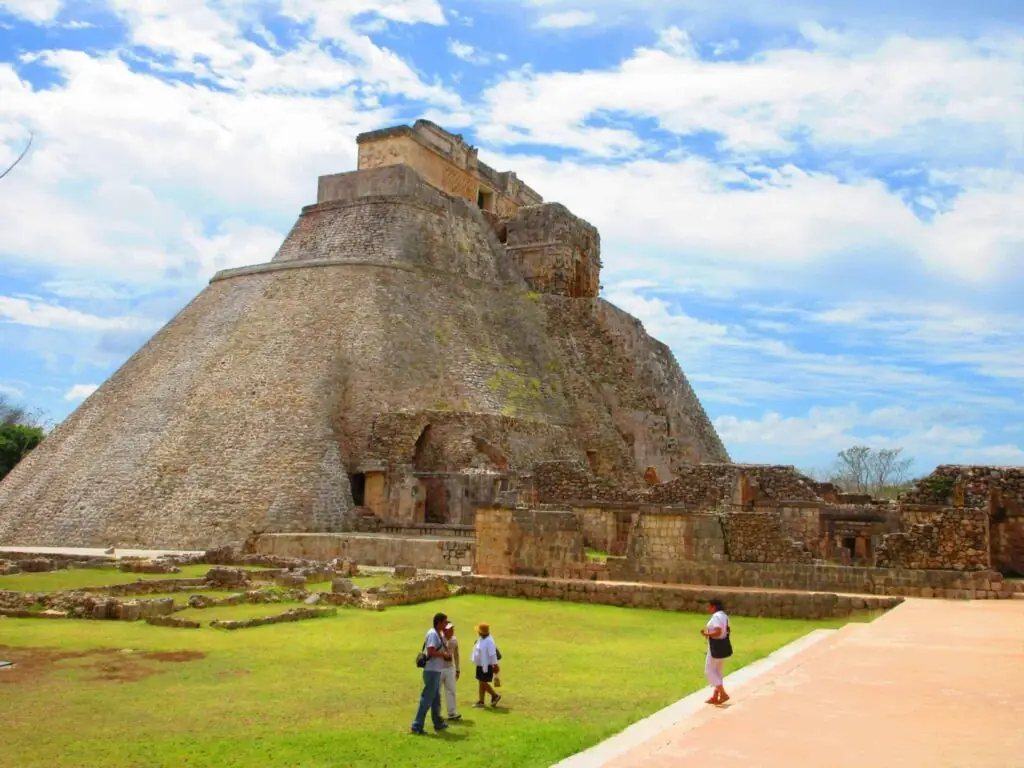
Tulum, Mexico (MAYAN)
The seaside city of Tulum combines strategic importance with breathtaking views, highlighting the Mayans’ pragmatic approach to trade and defense.
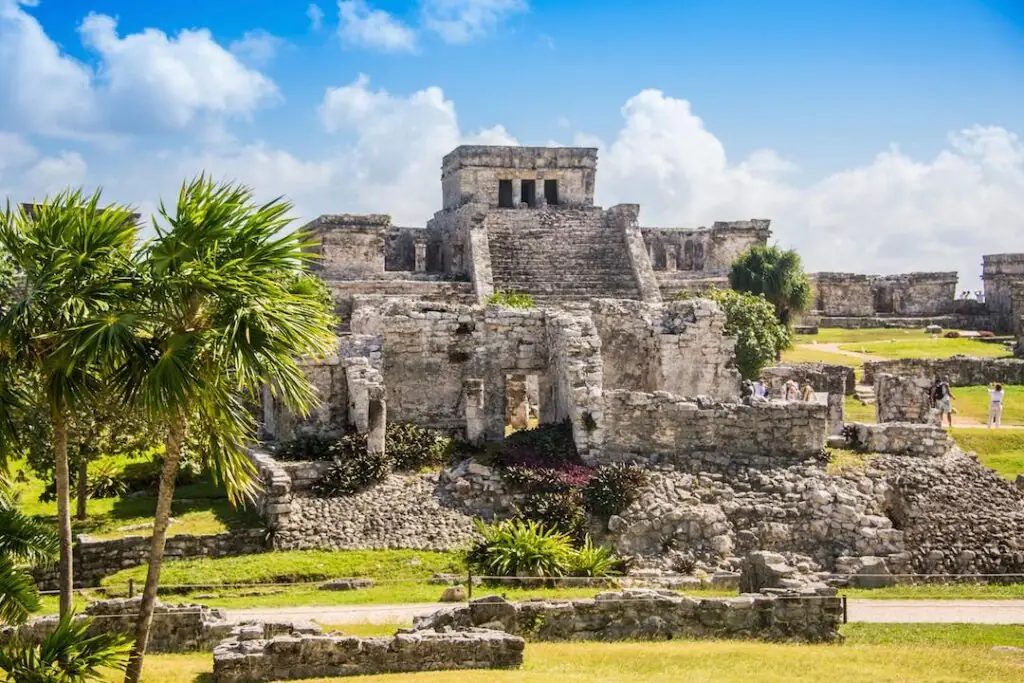
Palenque, Mexico (MAYAN)
Palenque’s well-preserved ruins, including the Temple of the Inscriptions and the Palace, offer a glimpse into the lives of its rulers and the architectural genius of the Mayans.

Aztec Sun Stone, Mexico City (AZTEC)
The Aztec Sun Stone, a masterpiece of Aztec art, encapsulates the civilization’s cosmological beliefs and intricate understanding of time.
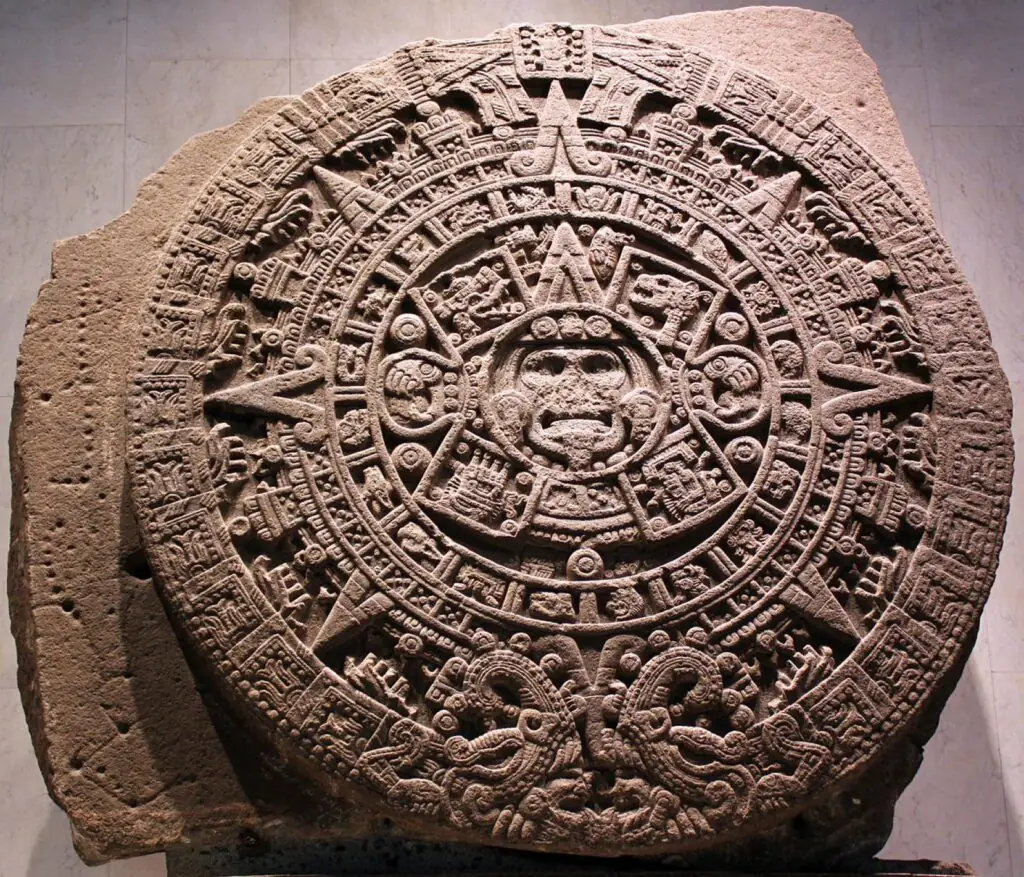
Wrap Up
This guide serves as a beacon for those eager to navigate the depths of ancient history, unraveling the distinct paths tread by the Mayan and Aztec civilizations. Through an exploration of their differences and a journey to their most iconic archaeological sites, we gain not just knowledge but an appreciation for the ingenuity and resilience of these ancient cultures. With this understanding, the complex tapestry of Mesoamerica’s past becomes more accessible, enriching our grasp of human history and the civilizations that have shaped our world.
FAQ
Follow us on Reddit for more insights and updates.





Comments (0)
Welcome to A*Help comments!
We’re all about debate and discussion at A*Help.
We value the diverse opinions of users, so you may find points of view that you don’t agree with. And that’s cool. However, there are certain things we’re not OK with: attempts to manipulate our data in any way, for example, or the posting of discriminative, offensive, hateful, or disparaging material.